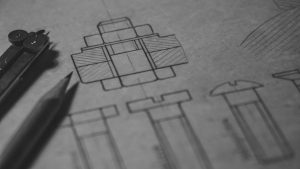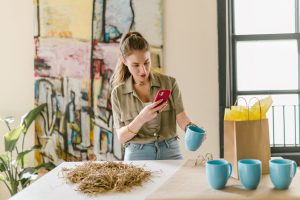Improving Product Development: Why is CAD Design Crucial in Product Development?

Improved Productivity
CAD design software improves productivity and reduces production costs. This is because it saves time in the configuration of designs and addresses the bottom line. It gives your business a competitive edge when you are more productive than the competitors.
Ease of Creating 3D Models
Another benefit of CAD software is that it makes it easy to create 3D models. In the past, the drafting and designing of products were done manually, wasting time, materials, and resources. If a mistake happened in the process, it meant going back to the initial step or making costly adjustments that needed to be more reliable. Fortunately, since the introduction of CAD, things have become more manageable. The process utilizes specialized software that makes designing easier. Creating a 3D model and rectifying mistakes is easier without going back to the drawing board.
Better Quality
Using CAD also ensures quality products. There is nothing worse than creating a product only to discover better and high-quality products in the market. Therefore, accessing CAD from software like Femap allows you to create a high-quality product. This is because you have total control over the product design. Consequently, you can quickly assess the 3D models available and produce superior products better than your competitors.
Faster Marketing Time
You are left with more time to market when you can draft and design your product quickly. CAD software ensures you have ample time to make it to the market before your rivals. It enables high-quality products at low cost and speedy production. Using CAD gives you a competitive advantage over companies that don’t know how to use it or those that simply choose not to use the technology.
Easy to Discover 3D Designs
Apart from the ease of creating 3D models, CAD software also allows you to figure out these models. The tools will enable you to communicate ideas efficiently and develop something unique. Remember, using a pencil and paper to create a design is one of the hardest things you must do in product development. Furthermore, it is possible to notice mistakes way later during product development. However, on the other hand, CAD tools make it easy. You can quickly create a new idea and put it into action without costly errors. It is also easy to share your models with your team.
Final Takeaways
Using CAD software is one of the most thoughtful things you can do during product development. It will help improve productivity, create a high-quality product, and make it easy to create 3D models. Additionally, CAD allows you to be creative and leaves ample time for marketing your product.




